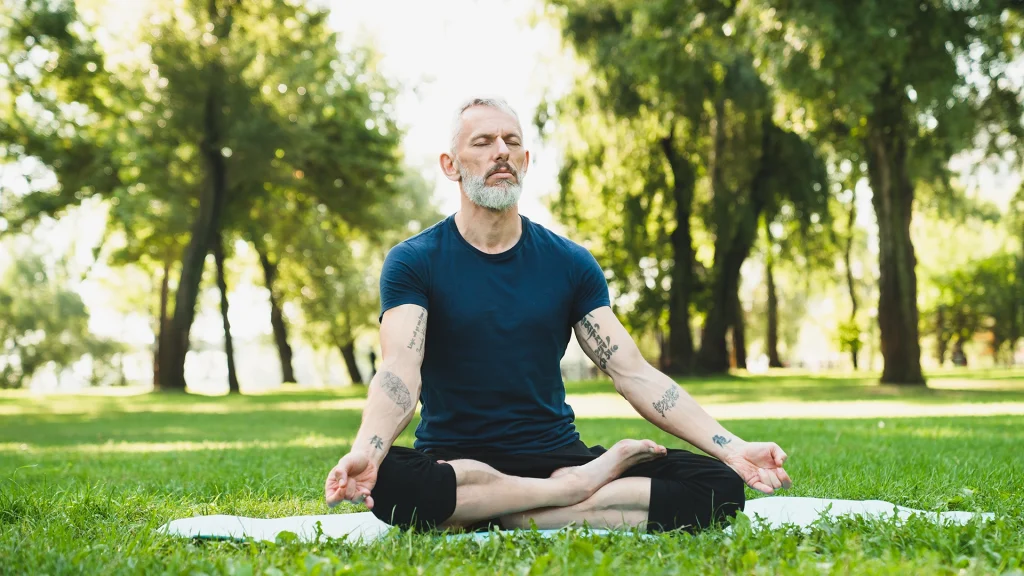CHANGINg THE GAME OF SPORT
Breath Training For Sports Peformance

Breathing has been described by leading sports doctors as the “last unchartered frontier of exploration for sporting performance”, and has certainly started to attract more attention of late, with increasing amounts of research supporting the benefits of breath training. The popular Trek cycling team, for example, has just employed a breath coach to work with their professional cyclists.
One of the reasons breathing as a modality for improving performance has started to attract interest, stems from the fact that we know that the average person breathes way below diagnostic norms for breathing – the average person breathes twice as often as they should; and with far too much volume than they should – using the mouth instead of, or in addition to only the nose, and using chest and shoulders instead of the diaphragm.
In other words, we over-breathe.
Correcting this dysfunction in clinic and the lab has resulted in a consistent flow of research and clinical evidence as to the efficacy of breath work in treating ailments such as asthma and breathing difficulties, snoring and apnoea, anxiety and depression, fatigue, headaches and migraines, IBS, reflux and other digestive issues, chronic pain, etc. Similarly, by enhancing breathing function beyond norms, we can create significant improvements in sporting performance. Specifically, by (1) learning to breathe in and out through the nose only and (2) by using the diaphragm to drive breathing, you can slow the rate and volume of breathing at any level of exercise.
THE BENEFITS INCLUDE…
Greater surface area of the lung used for gas exchange results in increased oxygen uptake, leading to…
Increased oxygen delivery to cells, and therefore, energy production – It’s all about the Bohr Effect, which is a reduced rate and volume of breathing increases blood CO2 and, therefore, delivery of O2 to cells. We have found that you can learn to breathe with nose only during exercise close to anaerobic threshold (or roughly 90% of maximum heart rate). But it takes time for the brain to accept higher levels of CO2 – so be patient.
As a result of increased O2 delivery to cells, lactic acid onset is delayed.
There is the potential buffering of lactic acid with the increased CO2 – as it can be converted to bicarbonate as well as carbonic acid.
An increased brain tolerance to CO2 allows for longer breath holds (ideal for surfers, etc), reduced breathing rate and volume, leading to greater breathing efficiency.
Increased core stability via the role the diaphragm plays in core stability.
Reduced heart rate during exertion resulting in further efficiency benefits – because, of all of the automatic functions in our body (controlled by the autonomic nervous system), breathing via the diaphragm is the one function we can consciously control with ease. As such, diaphragm breathing at a reduced rate, will influence the ANS and lead to reduced heart rate (via increased parasympathetic enervation).
Quicker recovery between intervals – due to increased breathing efficiency, and increased parasympathetic enervation.
Greater access to zone states or alpha brain wave activity whilst exercising – because of increased parasympathetic activity.


Tim Altman
Tim Altman is a passionate advocate and presenter on breathing techniques for the improvement of health and performance. You can connect with Tim via timaltman.com.au